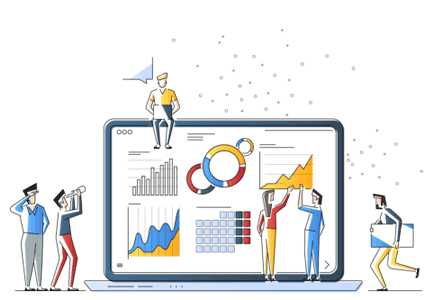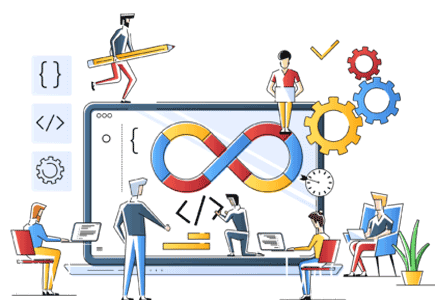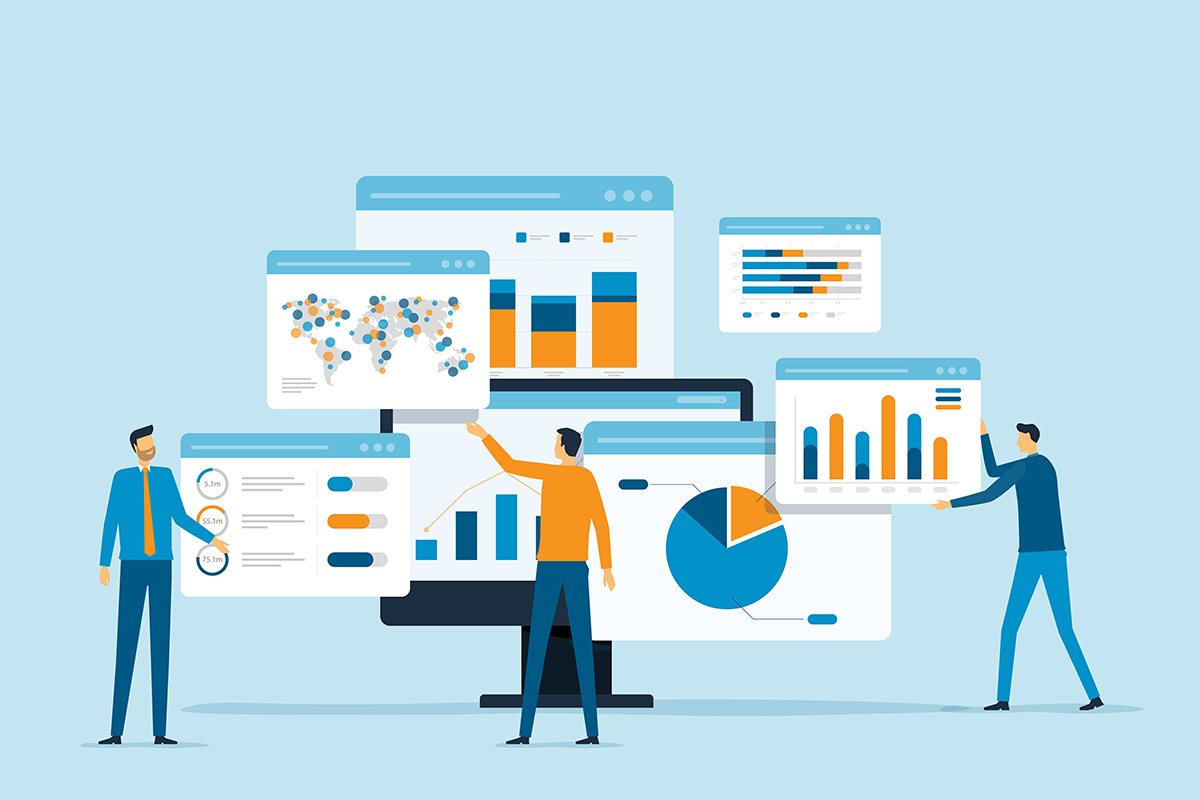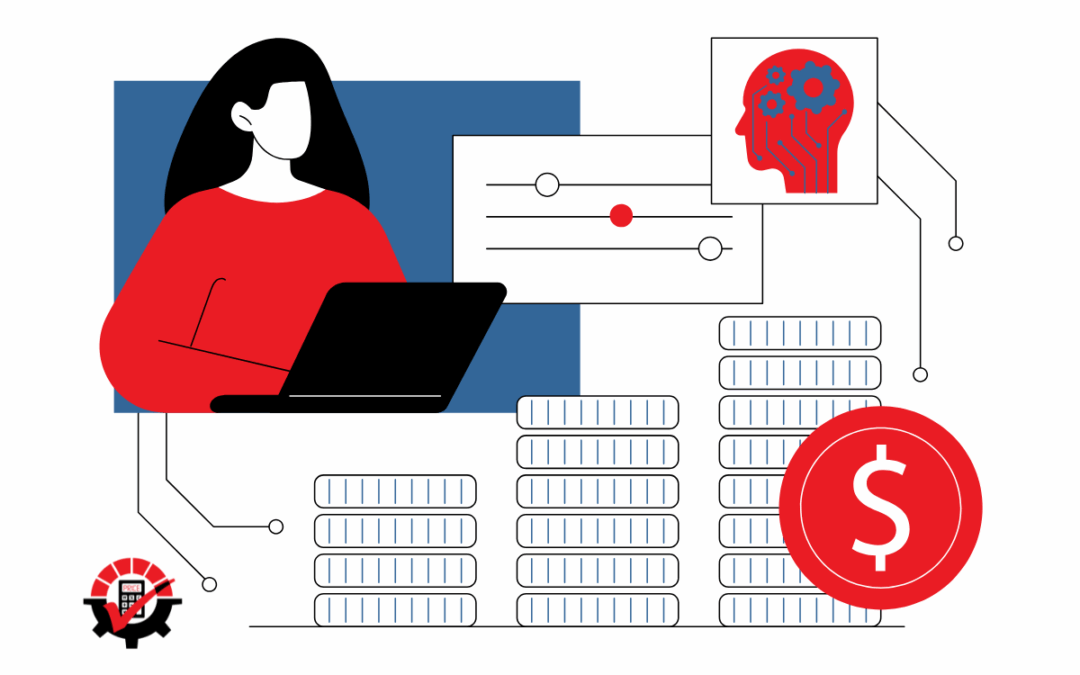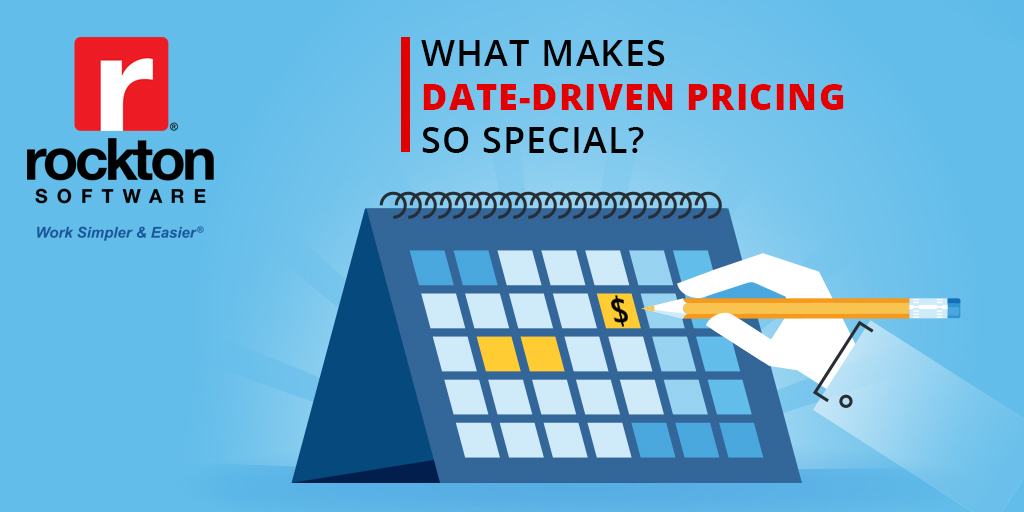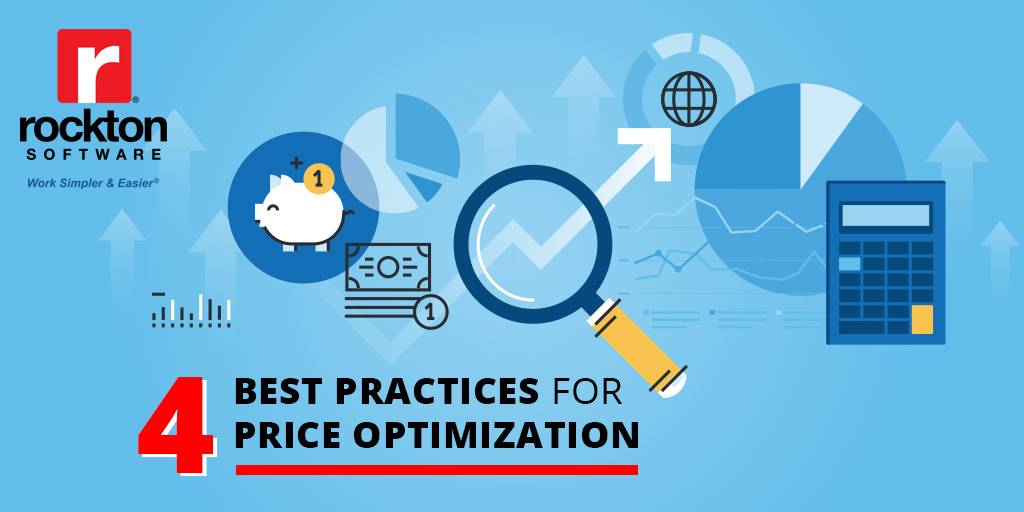Have you ever been planning a vacation and find yourself constantly checking flight prices, or you set an alert for a specific flight to drop in price? Maybe there’s an artist you want to see in concert, but you waited too late to buy a ticket and now it’s tripled in price the night before. These are both examples of dynamic pricing. Keep reading to learn more about dynamic pricing, how it can benefit your business, and how Rockton Software can make the process seamless.
What is Dynamic Pricing
Simply put, dynamic pricing is the concept of variable and flexible prices of products and services based on factors like demand, supply chain, location, and competition. Software collects real-time data and evaluates market demands. Here are few different types of dynamic pricing:
Time-Based Pricing
This type of dynamic pricing determines the price of a product or service based on a specific time – literal hours of the day, day of the week, month of the year, even a season. Examples:
-Paying more for an overnight delivery with FedEx.
-Surcharges for ride-sharing services like Lyft or Uber during rush-hour.
-Major price decreases at the end of a season to get rid of inventory and inspire customers to buy.
Segmented Pricing
This pricing strategy offers two (or more) different prices for similar or identical products. It takes advantage of a segment of the population that is willing to pay more for a product or service. It is also referred to as “price discrimination.” Examples:
-First-class and business class airline tickets are higher because that segment of people is willing and able to pay more.
-Pricing products higher in wealthier geographical locations.
-A city bus offering a student discount.
Peak Pricing
Peak pricing is a strategy that considers high demand during certain times of year. This data-driven method also leverages the data they collect on competitors, like their inventory or availability of a product or service. Examples:
–Airbnb rentals costing more around popular holidays.
-Flight costs increasing around the holidays or during popular vacation months.
Is Dynamic Pricing Right for Your Business?
When implemented strategically, dynamic pricing can increase revenue and your market share. Popular businesses include retail, entertainment, eCommerce, public transportation, airlines, and vacation rentals. However, the mechanics of how each of these industries manages pricing strategies are different, so it’s important to know your customers and your competitors intimately.
Make Complex Pricing a Breeze with Rockton Pricing Management
If you think your business could benefit from dynamic pricing, look no further than Rockton Pricing Management. It is the most flexible, powerful, multi-platform pricing solution available. One of its most incredible features is automated dynamic pricing. You can literally “set it and forget it,” you simply set up any pricing scenario one time and RPM does all the calculations and hard work behind the scenes AUTOMATICALLY! There is no pricing scenario too complex or obscure.
Reach out today to schedule a one-on-one demo or click here for a product brochure.
